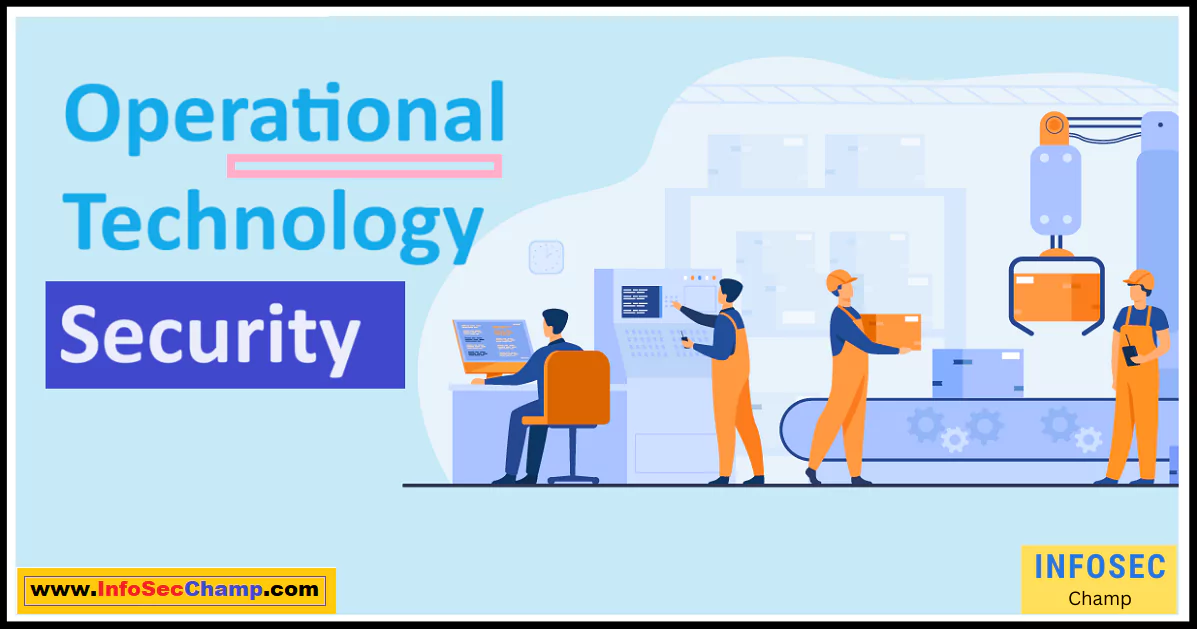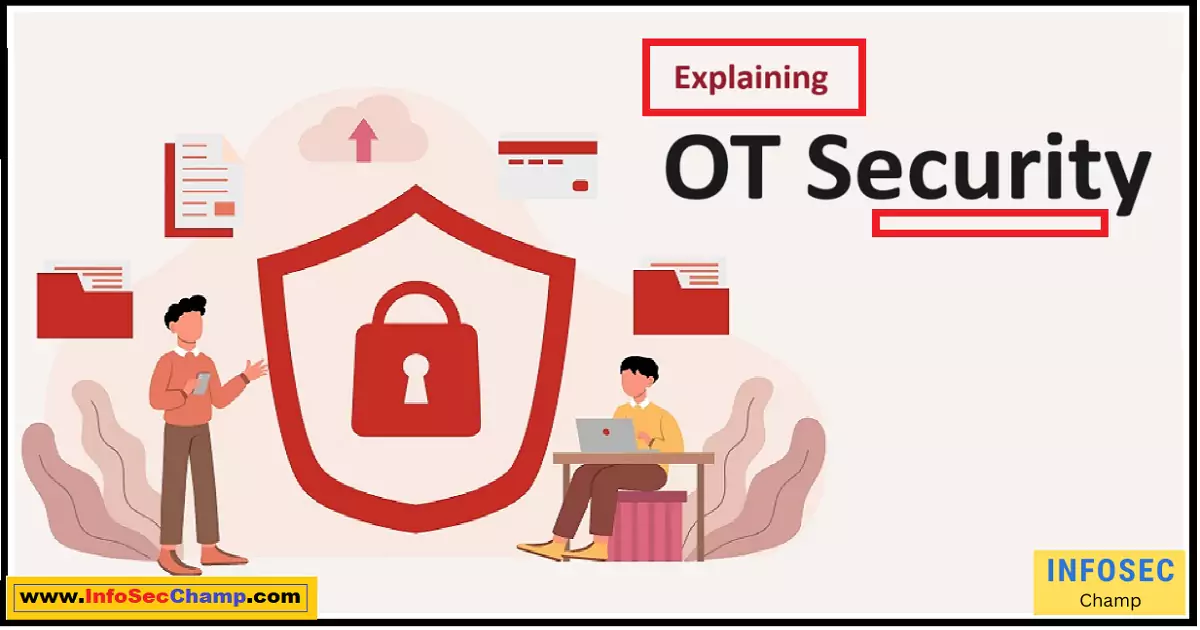OT security is more crucial than ever with the rise of smart factories and interconnected operational technology systems. As operational technology becomes increasingly networked and reliant on automation, new security risks emerge. From compromised industrial control systems to hacked SCADA devices, threats to OT can lead to severe disruptions and safety issues. Implementing robust OT security has never been more critical for organizations.
By taking a proactive approach to identifying risks, hardening systems, monitoring for threats, and putting response plans in place, companies can protect their most critical operational assets. The stakes are high, but with the right OT security strategy, operations can stay resilient in the face of an evolving threat landscape.
Why OT Security Matters More Than Ever
OT environments were traditionally air-gapped and operated on proprietary technology stacks. However, OT systems are now adopting IT solutions for better efficiency and connectivity. This convergence brings significant benefits but also exposes OT to cyber risks. Threat actors are increasingly targeting industrial control systems with ransomware, data theft, and disruption goals. Outdated legacy devices with unpatched vulnerabilities make attractive targets.
Attacks like TRITON and Stuxnet demonstrated the severe potential impact of compromised OT, from sabotage to safety and environmental incidents. Robust OT security is essential given rising interconnectivity and hazard levels. Strategies should address risks at the plant, network, and system integrity layers. Strong OT security protects reliability, avoids disruptions, maintains safety, and prevents intellectual property loss.
Getting Started with OT Security
- Conduct asset inventory and risk assessment
- Identify critical systems and data
- Review infrastructures and processes
- Assess threats specific to the environment
- Determine risk appetite and priorities
- Establish OT-focused policies and procedures
- Develop awareness training for personnel
- Harden systems and close gaps
- Implement layered security controls
- Monitor systems and network activity
- Create an incident response playbook
- Maintain patching, backup, and recovery mechanisms
- Perform periodic audits and testing
Best Practices for OT Security
OT security best practices center around taking a defense-in-depth approach with safeguards at multiple levels:
- Physical security – Restrict access, CCTV monitoring, site personnel screening
- Network segmentation – Logical separations between OT and IT networks
- Access control – Strict least-privilege and authentication policies
- Secure remote access – VPNs, multi-factor authentication
- Device hardening – Security configurations, disable unused services
- Application whitelisting – Only approved apps can run
- Continuous monitoring – For threats, anomalies, and compliance
- Vulnerability management – Regular scanning and patching
- Incident response plan – Develop playbook and conduct drills
- Backup and recovery – Maintain “gold copies” offline
Key Components of an OT Security Strategy
| Component | Description |
|---|---|
| Risk assessment | Identify critical assets, vulnerabilities, threats, and impacts to prioritize security measures |
| Policies and procedures | Create OT-specific policies aligned to risk appetite and operational needs |
| Layered defenses | Implement safeguards at plant, network, and system levels |
| Access control | Strict least-privilege and authentication for users and systems |
| Monitoring and visibility | Detect threats through SIEM, IDS, and behavior analytics |
| Incident response | Have playbooks, reporting mechanisms, forensic capabilities, and drills |
| Training | Educate staff on policies, threats, and responsibilities |
| Maintenance | Manage patching, configurations, and backups to ensure resilience |
| Third-party oversight | Security measures for vendors, MSPs, and supply chain |
Improving operational technology security
OT environments face distinct threats that standard IT security tools may not adequately address. Legacy systems with proprietary stacks cannot always support advanced measures.
Specific considerations for improving OT security include:
- Prioritizing OT asset security based on risk assessments, not compliance mandates alone
- Understanding threats unique to industrial environments like ICS malware
- Securing legacy devices through compensating controls vs. ripping and replacing
- Allowing lists over deny lists for OT whitelisting and integrity monitoring
- Building in reliability and safety systems even if they reduce efficiency
- Collaborating across IT, OT, and security teams from planning through response
- Providing OT-specific training on threats, policies, procedures, and tools
- Monitoring ICS protocols and payloads vs. blindly blocking traffic
- Considering managed security services to tap OT expertise and threat intelligence
- Maintaining fallback and manual alternatives if automation gets compromised
- Focusing on OT-centric realities, not one-size-fits-all IT security controls

5 Unbelievable Ways to Transform Your OT Security Overnight
While fully transforming OT security requires an ongoing program, these steps can rapidly improve protections:
- Implement MFA – Adding multi-factor authentication prevents unauthorized remote access, the root cause of many OT breaches.
- Segment Networks – Separating OT from IT networks limits lateral movement after a breach. Virtual segmentation can protect legacy systems.
- Whitelist Applications – Only allowing approved apps and executables to run prevents malware and unauthorized changes.
- Disable Unused Services – Removing unneeded OT services closes potential attack vectors for disruption.
- Monitor for Threats – Adding log monitoring, IDS and SIEM provides visibility into emerging OT threats.
Together these five concrete improvements create a much more hardened OT security posture overnight while more robust long-term enhancements are implemented.
Implementing a Layered Approach to Safeguard Critical Infrastructure and Industrial Control Systems
A systematic, defense-in-depth strategy is essential for securing critical infrastructure like power grids and industrial control systems:
- Physical Security – Restrict access to sites, screen personnel, and use CCTV.
- Network Security – Segment ICS networks, and implement firewalls and monitoring.
- Host Security – Harden devices, patch regularly, and whitelist applications.
- Application Security – Review code for vulnerabilities, and enable input validation.
- Identity and Access – Strong authentication, limited privileges, secure remote access.
- Data Security – Classify data, and implement DLP and encryption.
- Incident Response – Have playbooks, reporting procedures, and drills.
- Ongoing Testing – Regularly audit for gaps, and conduct penetration testing.
This multilayered framework protects industrial assets while allowing them to connect safely and perform critical functions. It requires coordination between cybersecurity, engineering, and operations teams.
How Periodic Risk Assessments Help Identify and Address Vulnerabilities in Operational Technology Environments
OT risk assessments examine systems, networks, locations, and workflows to:
- Identify critical assets and prioritize security focus
- Uncover legacy devices lacking modern protections
- Reveal unpatched, outdated, or misconfigured assets
- Highlight insecure processes and gaps in policies or training
- Catalog connections between secure and unsecured zones
- Note excessive user permissions and access rights
- Pinpoint single points of failure that increase outage risks
Conducting regular OT risk reviews highlights areas of improvement. Comparing assessments over time tracks program maturity. Risk-based findings can justify security investments and guide initiatives like network segmentation, controlled access, ICS patching, and modernization.
Utilizing Managed OT Security Services to Monitor for Threats and Respond Quickly to Incidents
Managed security services provide operational technology environments with:
- 24/7 threat monitoring via advanced sensors and analytics
- Industrial control systems threat intelligence
- Regular vulnerability assessments and penetration testing
- Log analysis to identify risks and incidents early
- Expert incident response and forensic investigation
- Reporting on compliance controls and security posture
- Staff augmentation for improved OT security management
- Security tool implementation and management
Leveraging managed OT security services augments internal resources. On-demand expertise strengthens defenses and response capabilities. Partners manage technologies and complex processes so staff can focus on core operations.
Conclusion:
OT security is a complex challenge, but a necessary investment. As operational technology and information technology converge, industrial environments become exposed to growing cyber risks. Legacy systems with proprietary stacks can’t always support advanced protections. Specific OT threats like ICS malware require tailored solutions. While improving OT security requires evolving strategies, quick wins can rapidly harden defenses.
Steps like network segmentation, multi-factor authentication, and application whitelisting create a big impact overnight. Ongoing security management may require outside expertise or managed services. But robust OT security safeguards reliability, avoids disruptions, maintains safety and prevents intellectual property theft. Securing operational technology provides the foundation for smart, resilient, and connected future factories.

FAQs:
Q: Why is OT security important?
A: OT security is critical because compromised industrial systems can lead to production shutdowns, environmental incidents, safety issues, and even loss of life. As OT environments adopt connected IT solutions, cyber risks grow.
Q: What are some examples of OT cyber threats?
A: Specific OT threats include ransomware that targets industrial systems, ICS malware designed to disrupt processes, threats to cloud SCADA systems, and attackers seeking to steal intellectual property.
Q: What are some basic steps to start securing OT environments?
A: Quick but impactful first steps for better OT security include network segmentation, multi-factor authentication, device hardening, application whitelisting, and increased monitoring.
Q: How can companies address OT security skill gaps?
A: To bolster in-house OT security expertise, organizations can leverage managed security services, outsource SOC capabilities, or work with MSSPs focused on industrial cybersecurity.
Q: Why can legacy OT devices be hard to secure?
A: Many legacy industrial components lack native security capabilities. Hardening older proprietary systems often requires compensating controls versus rip-and-replace upgrades.
Q: What types of data and assets does OT security aim to protect?
A: OT security focuses on safeguarding sensitive operational data like proprietary formulas and manufacturing processes. It also protects critical equipment like industrial control systems, which if compromised could cause outages or safety incidents.
Q: How does OT security differ from traditional IT security?
A: Key differences include a priority on availability and safety versus just data confidentiality, legacy systems without native security, proprietary protocols, concern for physical processes, and the need for specialized ICS threat intelligence. OT security takes a risk-based approach aligned to operations.
Golden Quotes:
“OT security requires balancing safety, reliability, and efficiency – not just driving down cyber risk.”

